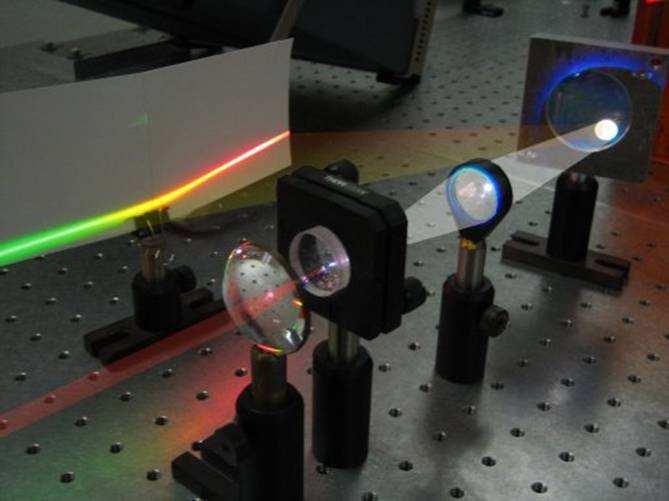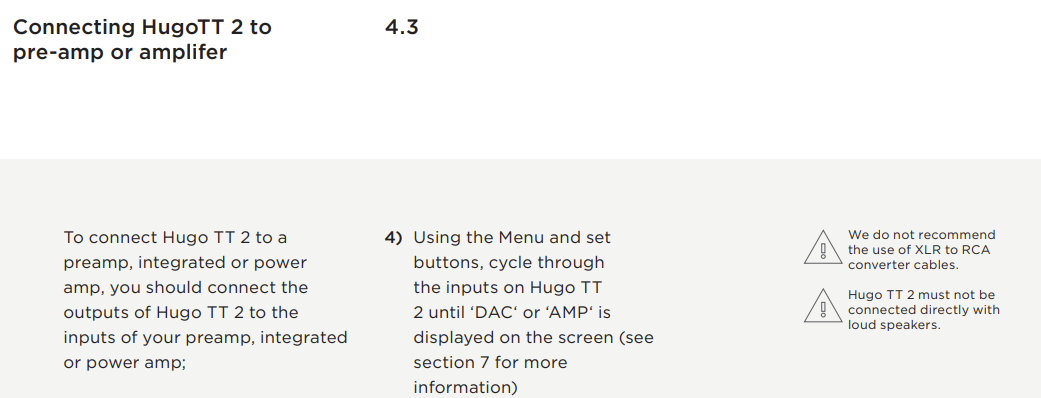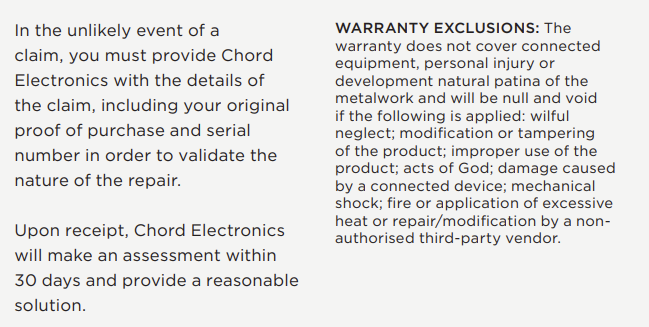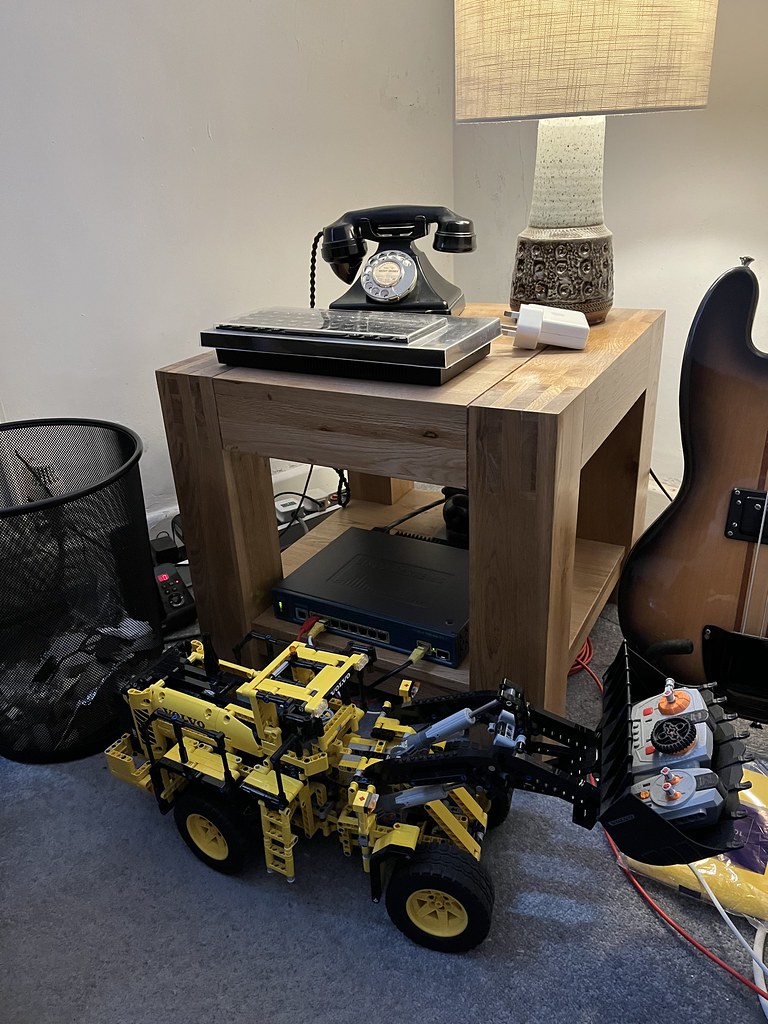Some random thoughts whilst I await the broadband upgrade next week.
I ended up sticking the Smart Hub Two back in as it has much better WiFi range so I can use my iPad and iPhone better at the other end of the house better. It drops Qobuz more for the DSX though, but I’ll just wait that out until next week, see what the broadband upgrade brings, and then maybe go router shopping as the Smart Hub One definitely performs better with it. I remain absolutely convinced it is a latency issue and my current network performance is on the knife-edge between success and fail as far as the DSX is concerned with Qobuz. It can stream anything happily on the local network. I’m currently listening to some high-res stuff on my MacBook shared via UPnP and it is solid as a rock. I’m sure it could stream 24/192 all day without any issue.
As to the DSX; when it is working it is stunning. I tried comparing it directly to the Poly/Mojo2, which is certainly more robust and doesn’t drop the stream (I assume it has some buffering). The DSX sounds very noticeably better. Clearly a level up from what in fairness is a high base (I do really like the Poly/Mojo). The DSX is funkier, tighter, grooves better and has a remarkable scale and weight to the sound. It just sorts things out better. None of this is a criticism of the P/M, these are products from entirely different price classes and I’d recommend the P/M(1 or 2) to anyone. As such, I find myself quietly disagreeing with Rob Watts regarding the number of taps being the primary performance differentiation. The QBD76HD, upon which the DSX is based, may be ancient in Chord terms, but it still packs a hell of a punch.
I’ve also been getting used to the DSX as a DAC using my Apollo-R CD player and compared to the recently departed DPA PDM3. This one is very hard to articulate as they are both very, very good, but surprisingly different in ways I can’t describe. I think I’m beginning to identify a character to Chord DACs, something in common between the Mojo2 and DSX. Something that I really liked with the Mojo2, but ultimately preferred my PDM3, it is more a musical connection thing, a ‘flat earth’ thing. The DSX builds on the Mojo2 on the timbre, neutrality, depth, space etc, but doesn’t give an inch to the PDM3 on the funk and groove stuff, and it brings a bass weight and extension I’ve not had from digital before.
PS Has anyone any recommendations for a MacOS UPnP/DLNA server before I spend £30 on Firestream? Seems perfectly good, shows up fine in MConnect and seems to work reliably (just started a 7 day trial, I’m just wondering if I’ve missed a nice Open Source option.





